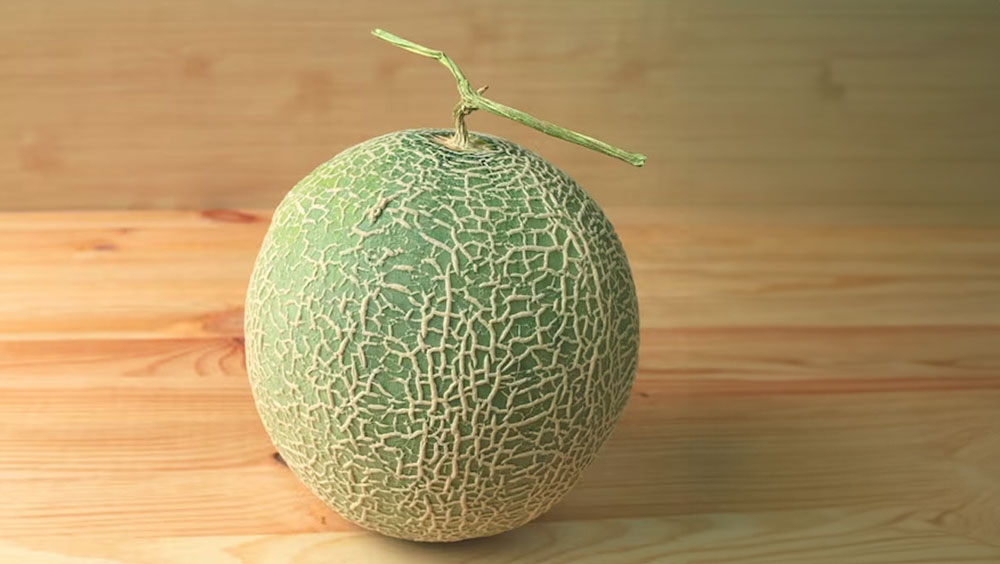Honeydew melons are a summer favorite, known for their sweet, succulent flesh and refreshing flavor. But knowing exactly when a honeydew melon is ripe can be tricky. Pick it too early, and it lacks flavor; too late, and it turns mushy. Whether you're shopping at the grocery store or picking one from your garden, understanding the right signs of ripeness is crucial. So, how do you know when a honeydew melon is ripe? Let's dive into this juicy guide to find out.
Look For A Creamy, Pale Yellow Color
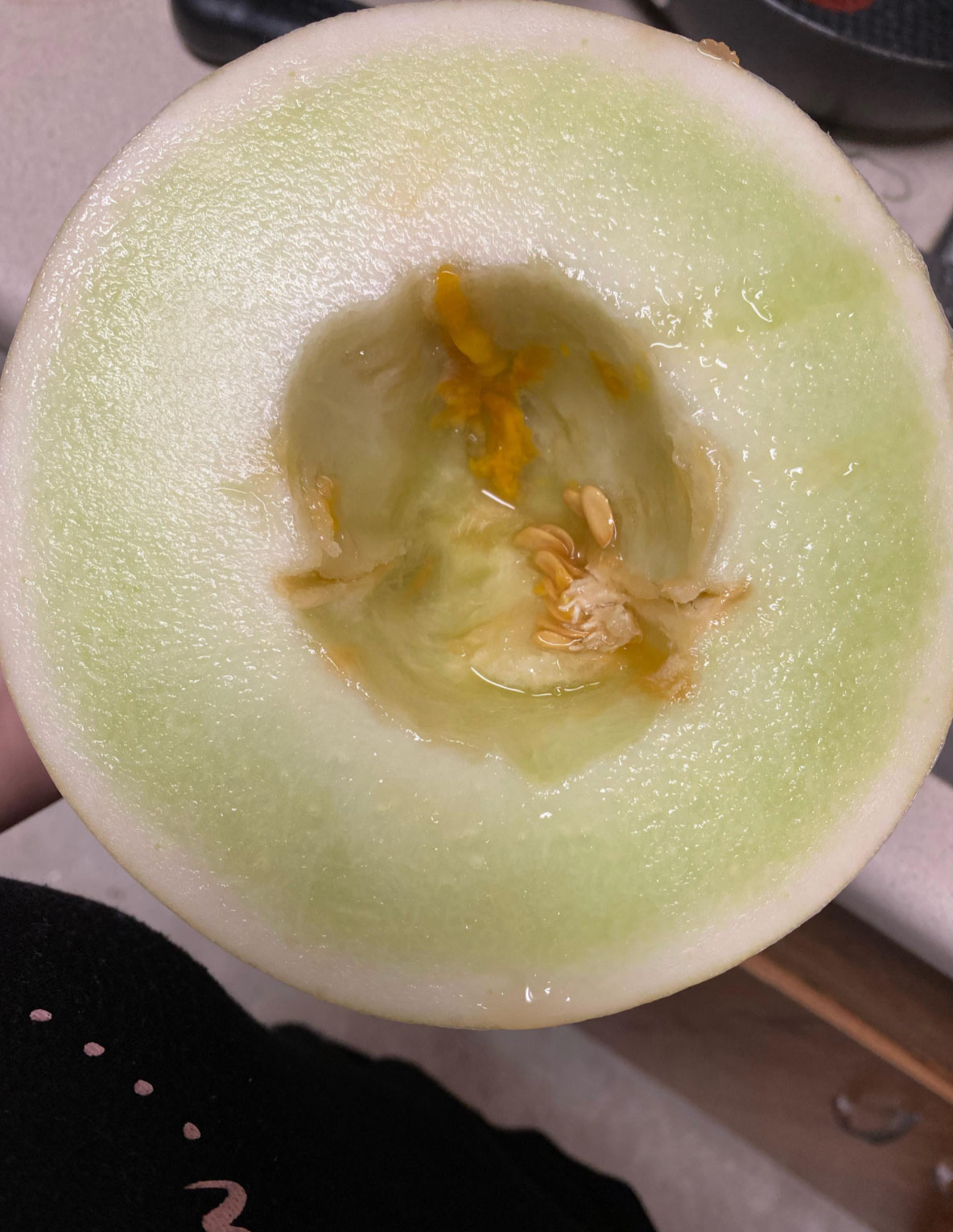
Color is one of the first indicators of a ripe honeydew melon. While unripe honeydews typically have a green tinge, a ripe one will shift to a creamy pale yellow or light ivory hue. Avoid melons that are excessively green or have soft, uneven brown patches. If you're wondering how do you know when a honeydew melon is ripe, check for that signature golden hue—it’s a visual sign the fruit is ready to eat.
Check The Texture Of The Skin
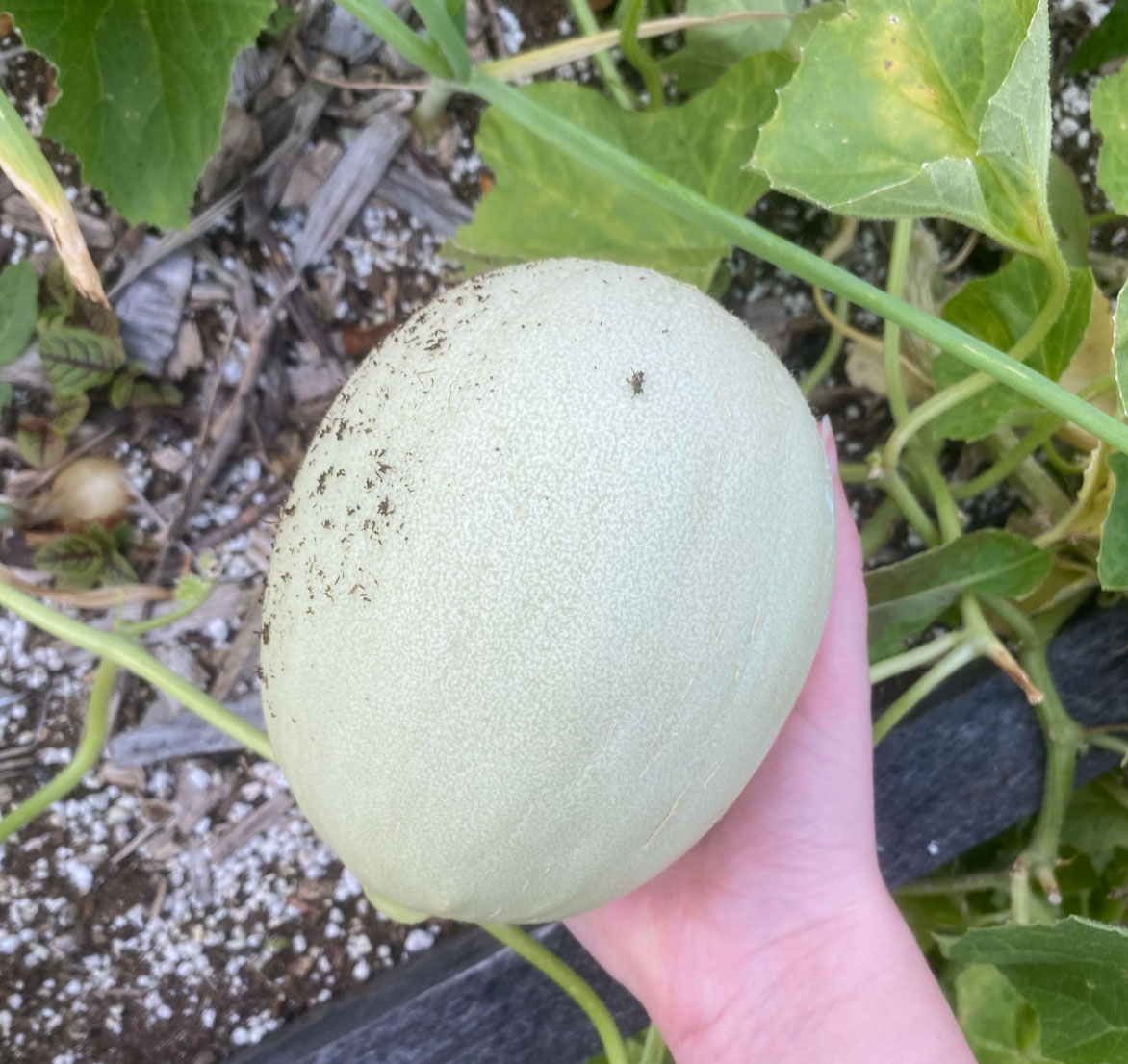
The skin of the honeydew should feel waxy or slightly tacky to the touch when it's ripe, not slick or glossy. This waxy surface indicates that the melon’s sugars have matured. Additionally, the rind should be relatively smooth and free from deep grooves or blemishes. Gently press your fingers against the skin—a bit of give is a good sign without being too soft or spongy.
Smell For A Sweet, Fragrant Aroma
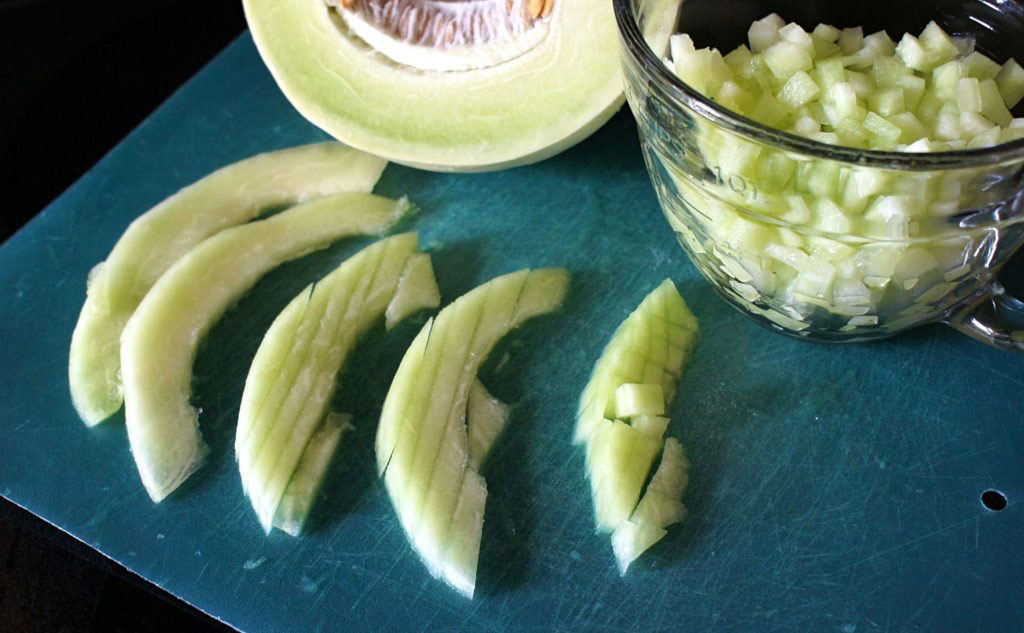
The nose knows! A ripe honeydew melon will emit a sweet, fragrant aroma, especially at the blossom end (the opposite side of the stem). If there’s no scent, the melon may not be ripe yet. If you're still asking how do you know when a honeydew melon is ripe, trust your sense of smell—it often provides the clearest answer.
Gently Press The Blossom End
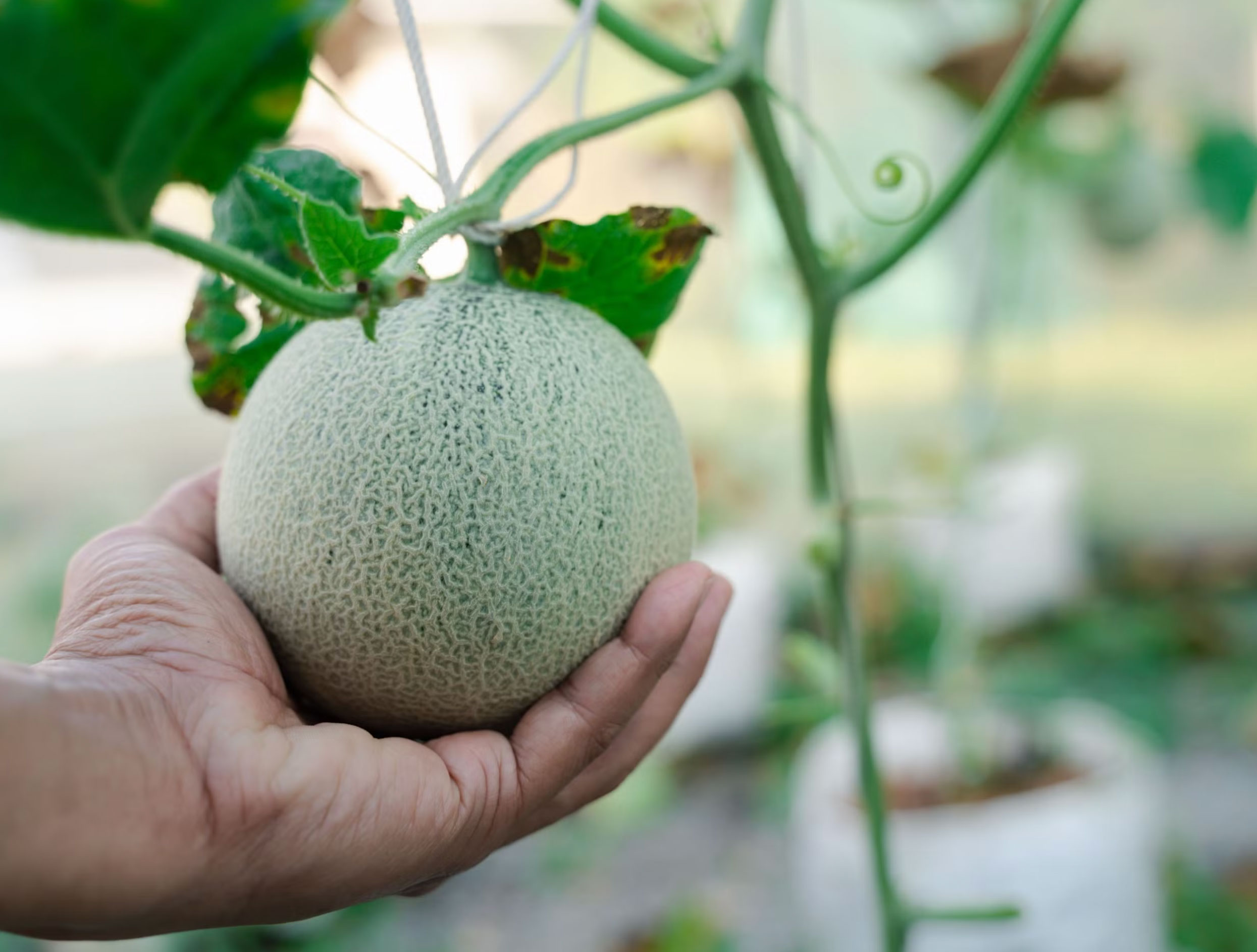
The blossom end is a reliable spot to test for ripeness. Give it a gentle press with your thumb—if it yields slightly, that's a good indicator the melon is ripe. However, if it feels mushy, it's possible the fruit has gone past its prime. No give at all usually means it’s not ready for eating.
Pick It Up: Weight Matters
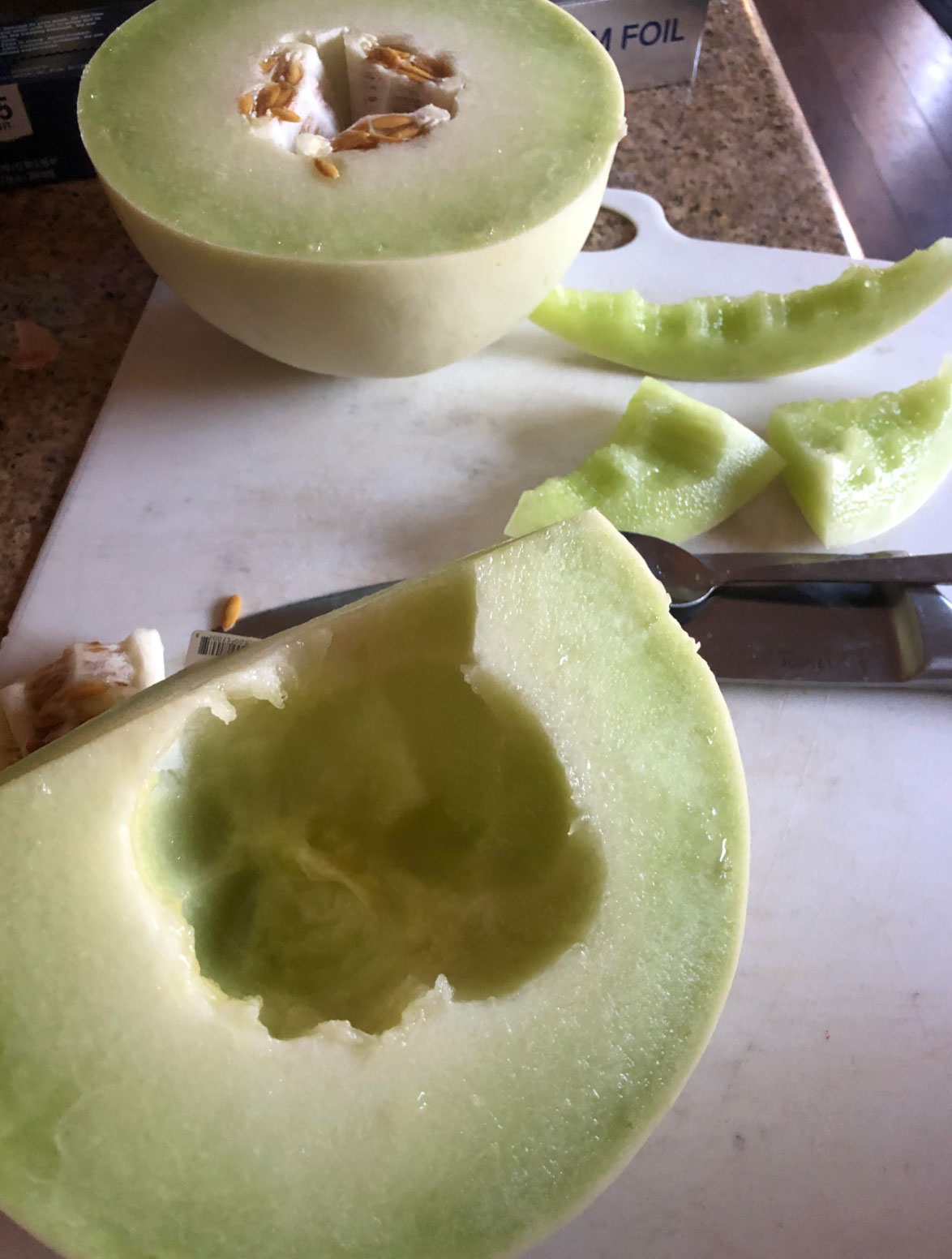
Weight is another strong indicator of ripeness. A ripe honeydew melon should feel heavy for its size, as it's full of juice. When comparing similar-sized melons, choose the heavier one. The weight can reveal whether the melon is hydrated and ready to enjoy. Still thinking 'how do you know when a honeydew melon is ripe'? Try the lift test—your arm might just tell you the answer.
Listen For A Hollow Sound
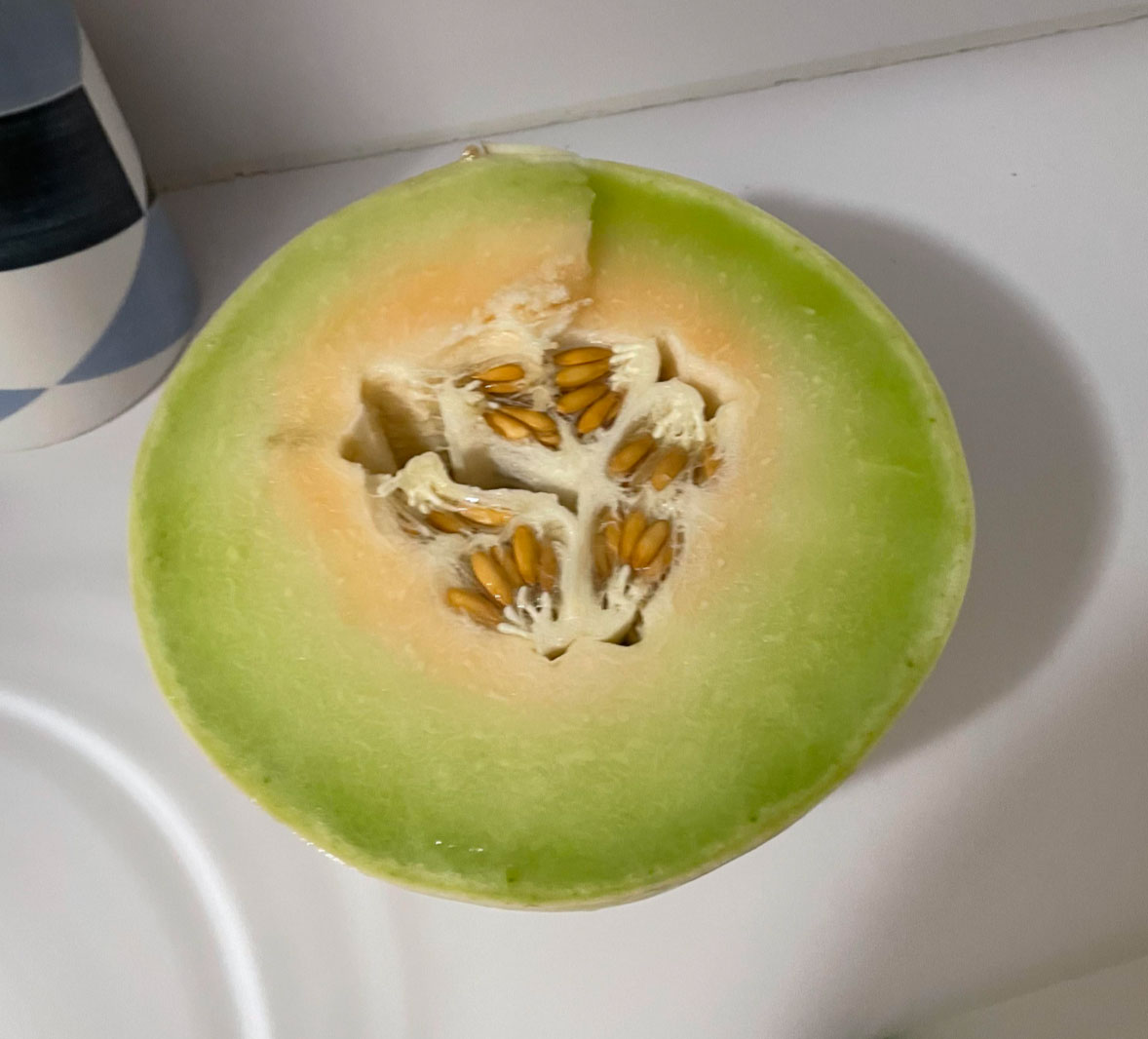
This may sound old-school, but tapping the melon can offer clues. A ripe honeydew will create a deep, hollow sound when tapped gently. Unripe melons typically sound dull or solid. It’s not a foolproof method on its own, but it’s a handy technique to use in combination with others.
Examine The Stem Area
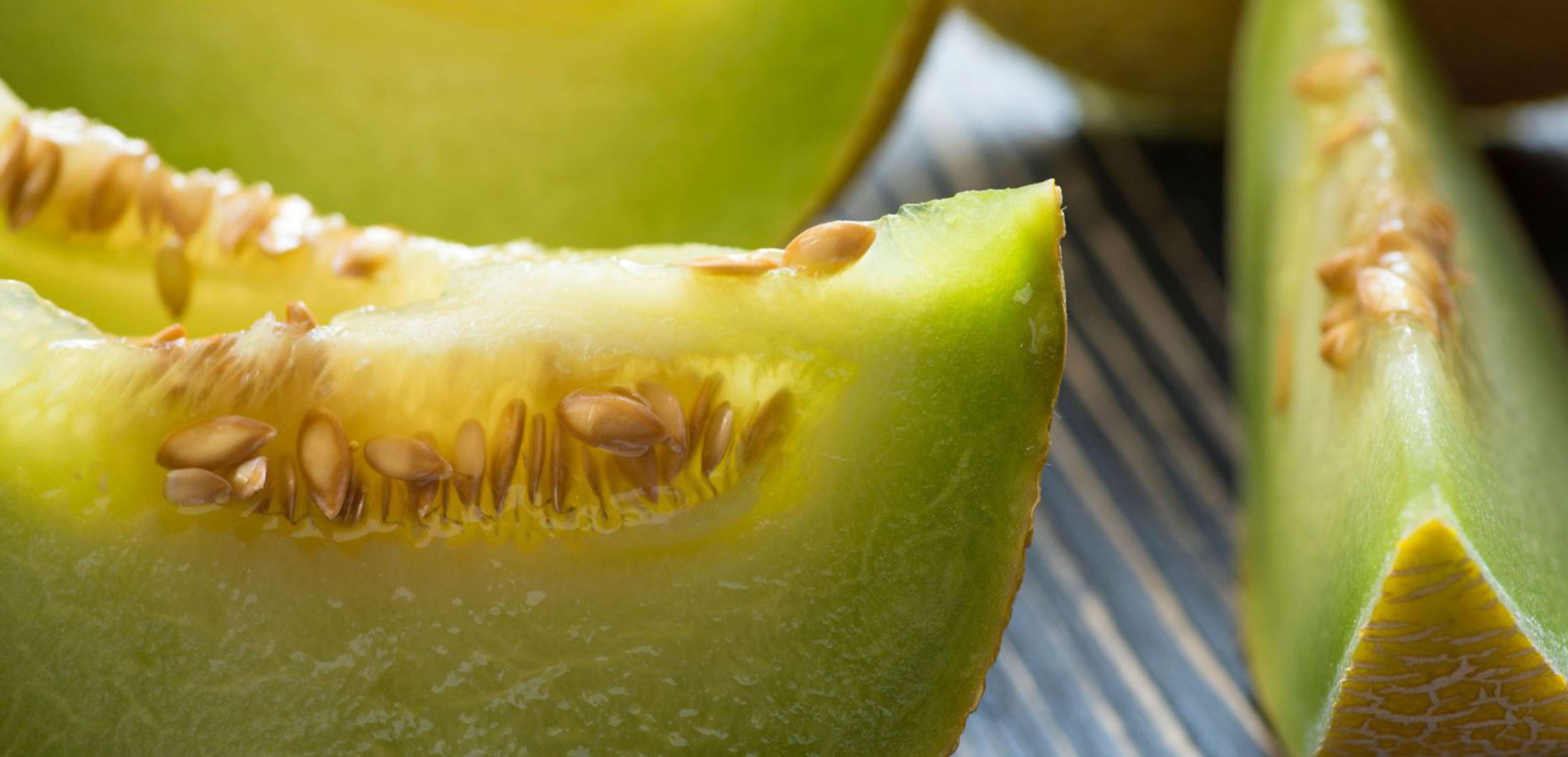
A ripe honeydew often has a smooth stem area, where it detached easily from the vine. If the stem end appears jagged or green, the fruit might have been harvested too early. A clean, round scar at the stem area is a visual confirmation of natural ripening. Observing this tiny detail can help resolve the question: how do you know when a honeydew melon is ripe?
Know The Season For Peak Ripeness
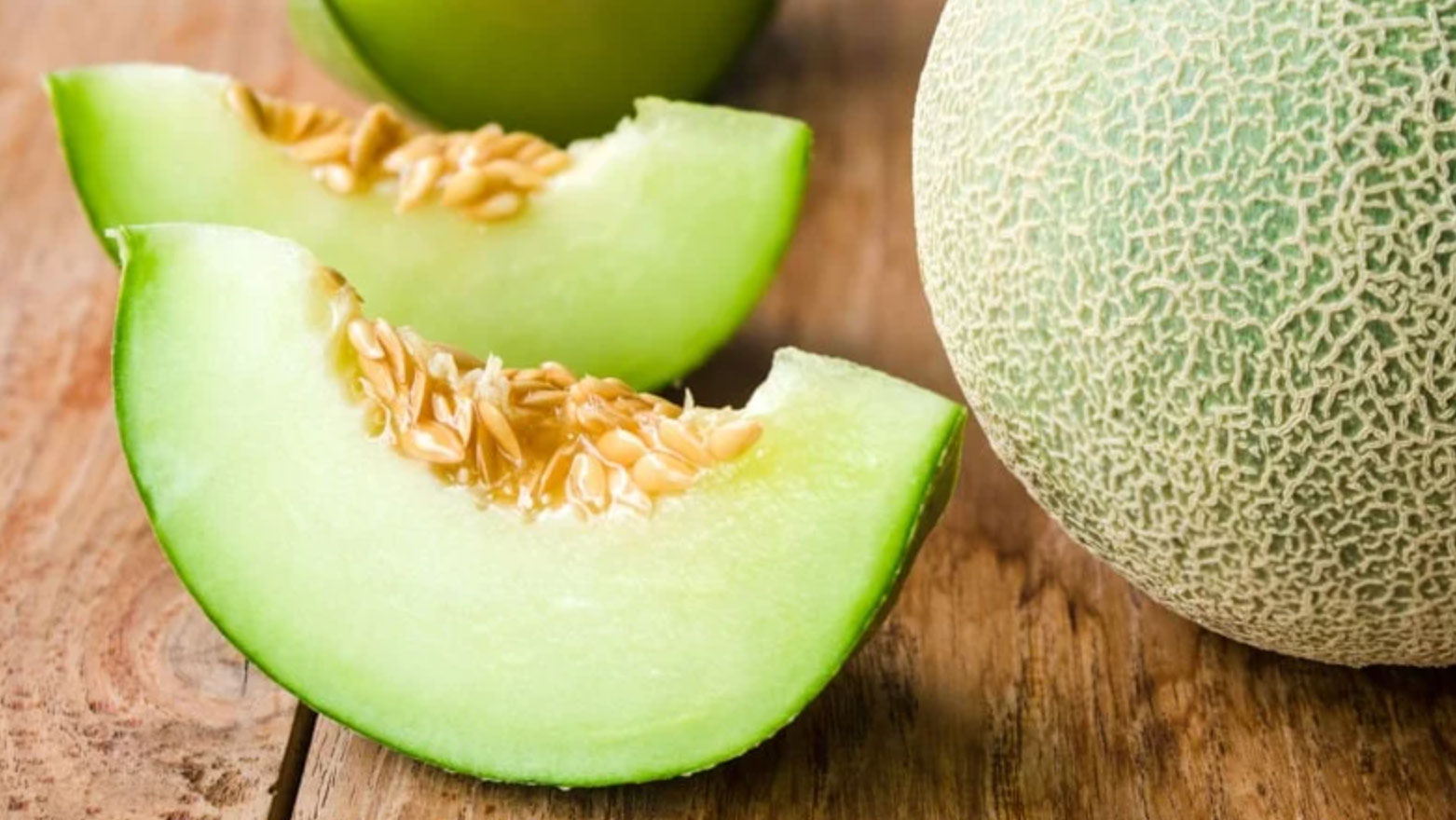
Honeydew melons are typically in season from late summer to early fall. Choosing fruits during their natural harvest window increases your chance of getting a ripe, flavorful melon. Buying outside this season may result in picking underripe or bland fruit. Awareness of seasonal availability can guide you to sweeter, naturally ripened choices.
Storing After Purchase: Letting Them Ripen Further
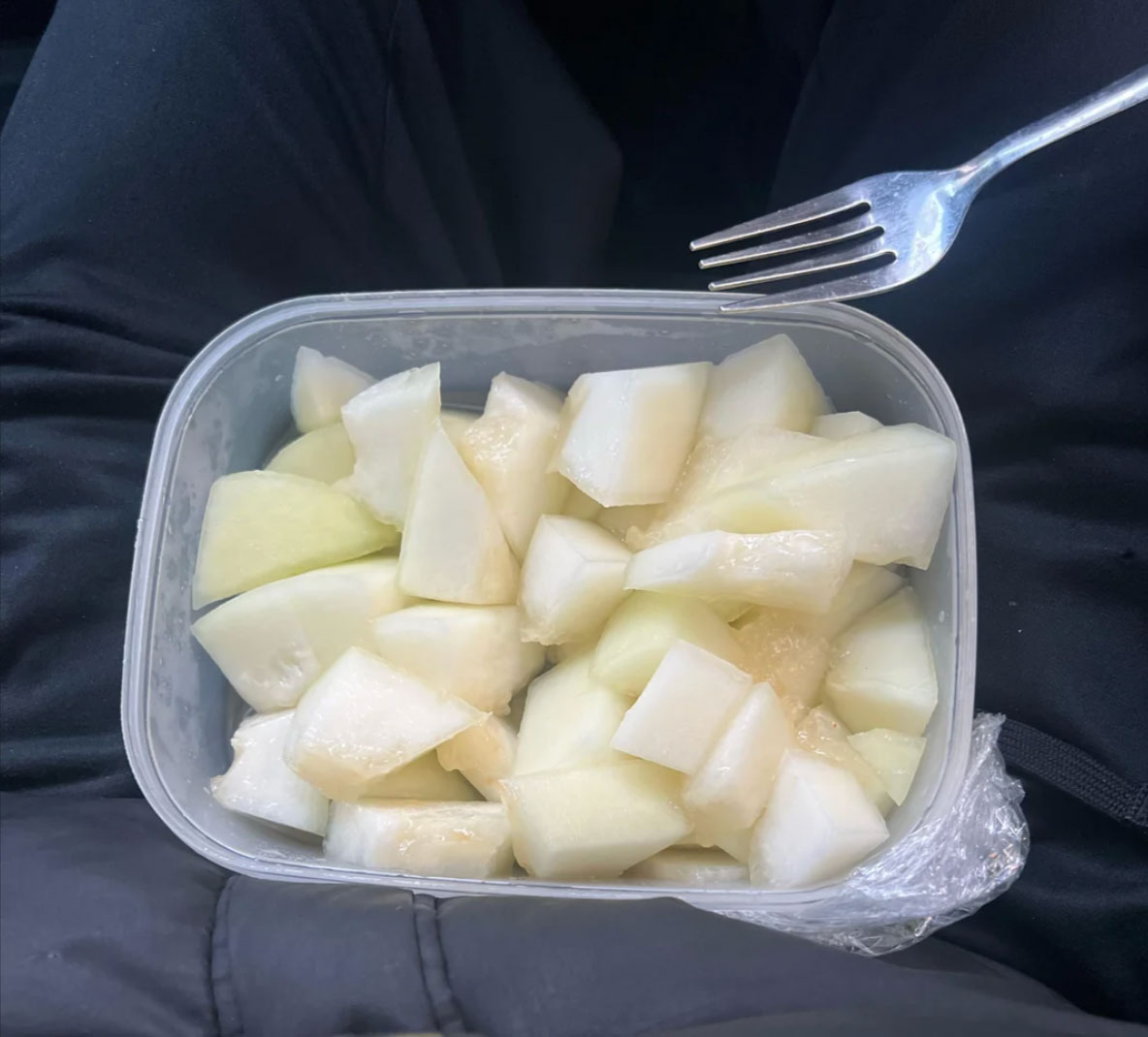
If your honeydew melon isn’t quite ripe, you can leave it at room temperature for a couple of days to finish ripening. Placing it near ethylene-producing fruits like bananas can speed up the process. Once the melon is ripe, store it in the refrigerator to preserve its flavor and texture. That way, it’s ready to eat whenever you are.
So, how do you know when a honeydew melon is ripe? It's all about color, texture, scent, weight, and a few helpful tricks like pressing and tapping. With this guide, you'll be able to pick the perfect melon every time and enjoy its juicy sweetness to the fullest. Remember, a little observation goes a long way when it comes to selecting ripe fruit—happy melon hunting!

